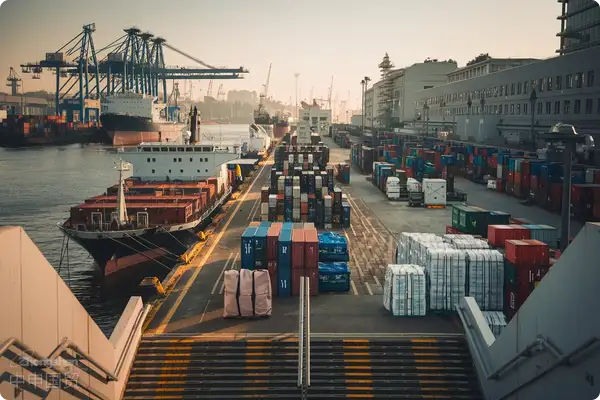- Shanghai Zhongshen International Trade Co., Ltd. - Two decades of trade agency expertise.
- Service Hotline: 139 1787 2118
I. Required Documents for Importing Brand-New Machinery and Equipment
Required Documentsequipment. For example, Indonesia has the SNI certification, Thailand has the TISI certification, and the Philippines has the BPS certification. It is necessary to confirm in advance the equipment voltage (such as 380V/50Hz in Thailand), the compatibility of the CE certification, and the proof of environmentally friendly materials.The following documents are required for importing brand-new machinery and equipment:
Prepare Documents
(1) Packing List
(2) Contract
(2) Contract
(3) Invoice
(4) Certificate of Origin
(5) Machinery Manual
(6) Description of Machinery Functions and Operating Principles
The preparation of these documents requires collaboration between the seller, buyer, and customs broker to ensure completeness and accuracy.
Documents Required by Domestic Consignee
The domestic consignee must possess the following documents:
(1) Business License
(2) import and exportCustoms Registration Certificate for Goods Consignor/Consignee
(3) Self-Inspection Enterprise Filing Registration Certificate
(4) Organization Code Certificate
(5) National and Local Tax Registration Certificate
Other Documents
(1) Bill of Lading (B/L)
(2) Insurance Policy
(3) Certificate of Origin for goods eligible for preferential tariffs
II. Brand New Machinery EquipmentImport Customs DeclarationBusiness Scope of the Business License
Confirm HS Code and Regulatory Requirements
First, confirm the machinery equipments HS Code and regulatory requirements to understand applicable tariffs and supervision conditions.
Prepare Required Documents
(a) Automatic Import License: Should be obtained before goods arrive at port for applicable items.
(b) Generalized System of Preferences (GSP) Certificate of Origin: Can be prepared in advance for goods eligible for preferential tariffs.
Post-Arrival Operations
After arrival, complete bill exchange for cargo release and arrange inspection/customs clearance.
Customs Valuation and Tax Payment
After customs valuation, a tax assessment will be issued. The taxpayer must pay corresponding duties based on the assessment.
Customs Inspection and Release
Customs will conduct commodity inspection. If no issues are found, the goods will be released.
Delivery to Designated Warehouse
After customs release, transport goods to the clients designated warehouse.
III. Precautions
Although importing brand-new machinery involves complex procedures, strict compliance with regulations and thorough document preparation can make the customs clearance process relatively smooth. Both enterprises and individuals should fully understand the import process and plan accordingly to ensure efficiency and compliance. These measures not only facilitate the introduction of high-quality machinery but also bring long-term developmental advantages to businesses.
Related Recommendations
? 2025. All Rights Reserved. Shanghai ICP No. 2023007705-2  PSB Record: Shanghai No.31011502009912
PSB Record: Shanghai No.31011502009912










